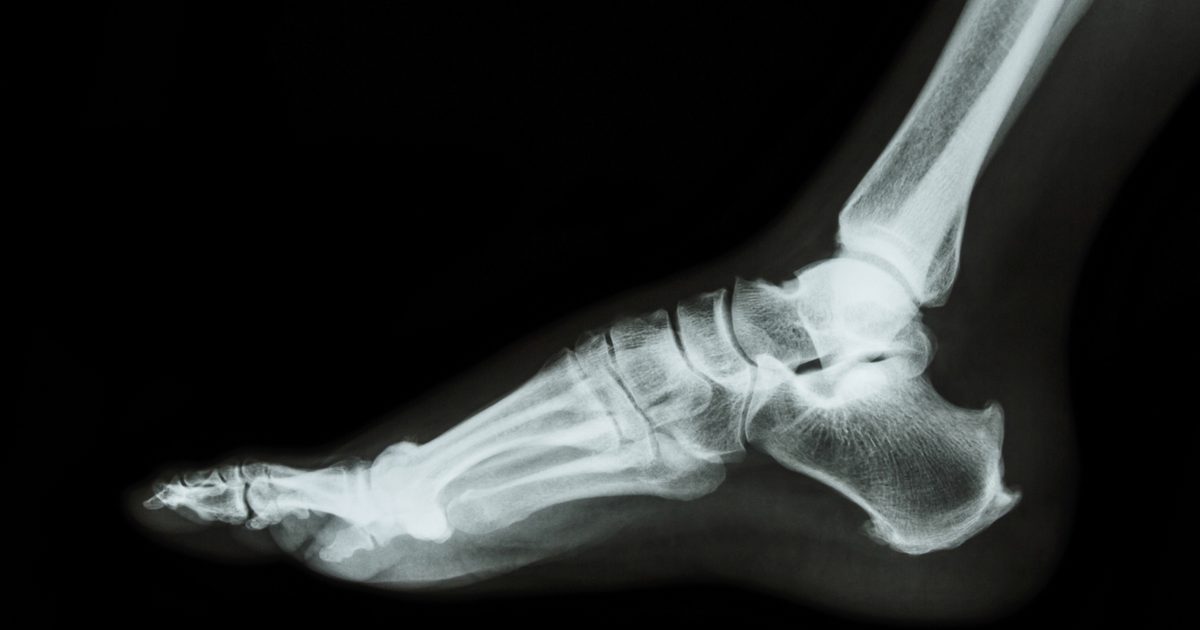Diagnosing And Treating Morton's Neuroma
Do you sometimes feel like you have a pebble on the surface of your foot while walking? The most likely cause of the condition is Morton's neuroma. Individuals call it the 'tumor of the nerve.' However, it is not a tumor but the thickening of the tissues. The thickness usually arises next to the nerve leading to the toe. The individuals who are most prone to it are women, and they are ten times likely to have the condition compared to men. The primary reason being women wear heels often. The heels may cause a lot of pressure to the foot and thus leading to Morton's neuroma. Also, wearing tight and narrow shoes may bring about the disease. The most regularly affected area is between the third and fourth toes. Learn about how Morton's neuroma is diagnosed and treated now.
History Of Pain And Examination

It is critical to contact a physician whenever you feel you might have symptoms of Morton's neuroma. The first step the doctor will do is to review your history of pain and conduct an examination. You need to provide the doctor with all the symptoms you are experiencing. No matter how small and insignificant the signs may be, let the physician know. The symptoms will assist the doctor to assess your history of pain and conduct examinations to obtain the correct diagnosis. Different individuals usually have varying experiences with Morton's neuroma, so do not compare your symptoms with the symptoms of another.
Some patients experience pain, others feel a burning sensation, cramping, and numbness, while others feel like they have a pebble on the feet. A physical examination is mandatory. It helps the doctor assess the area to ascertain the condition. The most common test is the Mulder's sign, which entails putting pressure on the field to see if there is any change in symptoms.
Keep reading to learn about the next method of diagnosing Morton's neuroma.
Magnetic Resonance Imaging And Ultrasound Testing

The two most common tests in diagnosing Morton's neuroma include magnetic resonance imaging (MRIs) and ultrasound testing. Your doctor is likely to recommend one to you during your visits. The conventional radiographs are likely not to provide accurate results or detect the condition accurately. You will require an x-ray examination, which uses sound waves in creating images of your foot.
MRIs and ultrasounds as testing are the most preferred because it provides accurate outcomes. The ultrasound method can help the physician distinguish Morton's neuroma from the others that may mimic the symptoms. The other likely complications are capsulitis, stress fractures, and plantar plate disruption. An MRI is another technique that provides an accurate diagnosis. The doctor will possibly see the neurovascular bundle region in the toe and determine the diagnosis.
Get to know how to treat Morton's neuroma.
